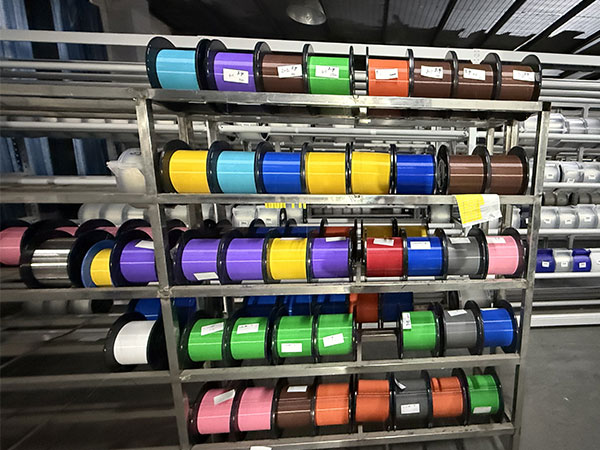G657a2 and G652 fibers compete for dominance in crowded cities. Discover their strengths, trade-offs, and why bend-insensitive
G657a2 optical fiber winning the 5G and FTTH revolution.
Introduction: The Battle of Fibers in Urban Connectivity
As cities grow denser and demand for bandwidth skyrockets, choosing the right optical fiber becomes critical for network reliability and cost efficiency. Two giants stand out: G652, the decades-old standard single-mode fiber, and G657a2, the bend-insensitive fiber engineered for tight spaces.
This article compares their technical specs, real-world performance in urban deployments, and why telecom giants are increasingly leaning toward G657a2 for 5G, FTTH, and smart city projects.
1. Technical Showdown: G657a2 vs. G652d
Core Differences
Bending Performance:
G657a2: Designed with a “bend-insensitive” structure (nano-structured cladding), it withstands tight bends (radius as low as 7.5mm) without significant signal loss.
G652: Traditional single-mode fiber, optimized for long-haul networks but prone to macro/micro-bend losses in congested urban routes.
Attenuation:
G652: Standard attenuation of 0.4 dB/km at 1310nm and 1550nm.
G657a2: Matches G652’s low attenuation while adding bend resilience.
Compatibility:
G657a2: Fully backward-compatible with G652, easing upgrades.
Key Metrics Table
Parameter G652 G657a2
Bend Radius 30mm 7.5mm
Attenuation (1550nm) 0.4 dB/km 0.4 dB/km
Ideal Use Case Long-haul, rural FTTH, urban, 5G
2. Why G657a2 is Winning in High-Density Cities
2.1 Surviving the 5G Small Cell Jungle
5G networks require dense clusters of small cells, often installed on lampposts, building facades, or underground ducts. G657a2’s bend tolerance simplifies installations in cramped spaces, reducing deployment costs by up to 25% (Telecoms.com, 2023).
Example: In Tokyo, NTT East replaced G652 with G657a2 for small-cell backhaul, cutting installation time by 30% and maintenance outages by 40%.
2.2 FTTH: The Apartment Complex Challenge
Deploying fiber-to-the-home (FTTH) in high-rise buildings demands fibers that can twist through elevator shafts and narrow conduits. G657a2’s flexibility minimizes “dead zones” and enables seamless last-mile connectivity.
2.3 Future-Proofing for Smart Cities
Smart city sensors and IoT devices require robust, compact fiber networks. G657a2’s durability against physical stress (e.g., vibrations from traffic) makes it ideal for urban sensor grids.
3. Where G652 Still Holds Its Ground
Despite G657a2’s advantages, G652 remains relevant:
Cost-Effectiveness: G652 is 20-30% cheaper for long-distance, low-bend applications like inter-city backbones.
Legacy Infrastructure: Many existing networks use G652, and operators may delay upgrades in low-density areas.
4. Challenges and Hybrid Solutions
4.1 The Cost Debate
While G657a2 reduces installation costs, its higher per-meter price can deter budget-conscious projects. Hybrid networks (G652 for backbone + G657a2 for urban access) offer a balanced approach.
4.2 Training and Compatibility
Technicians accustomed to G652 may need training to handle G657a2’s unique handling requirements. Vendors like Corning now offer workshops to bridge this gap.
5. Industry Trends: What’s Next?
Market Shift: The global G657 fiber market is projected to grow at 12% CAGR (2023–2030), driven by urbanization and 5G rollouts (Market Research Future).
New Standards: ITU is drafting G657.C1, a variant optimized for even harsher environments, signaling continued innovation.

Conclusion: G657a2 Emerges as the Urban Champion
For high-density urban networks, G657a2’s bend resilience, compatibility, and future-ready design make it the clear winner over G652. However, G652 retains its role in long-haul and cost-sensitive scenarios.
Call to Action:
Need help planning your urban fiber network? [Hunan GL Technology Co., Ltd] for a tailored consultation or download our free guide: “5G-Ready Fiber Strategies for Smart Cities.”


